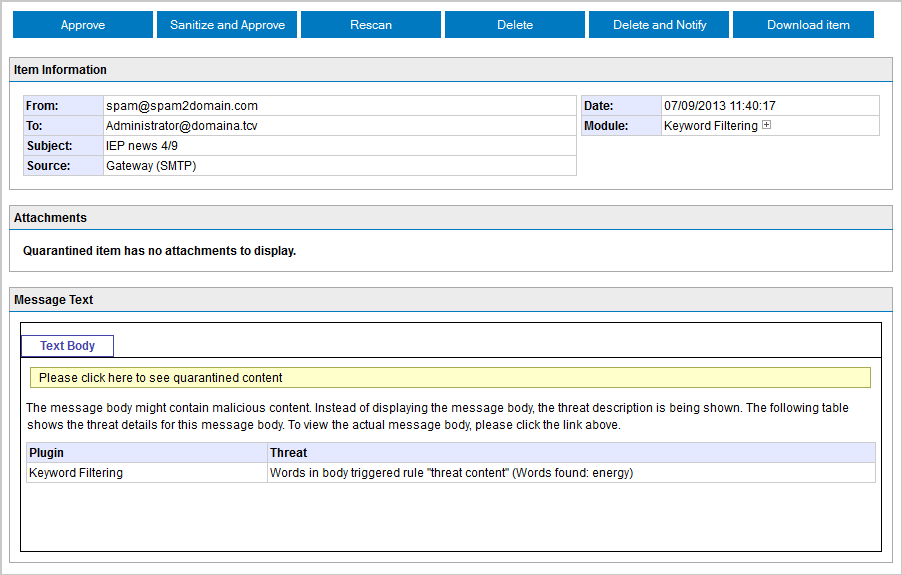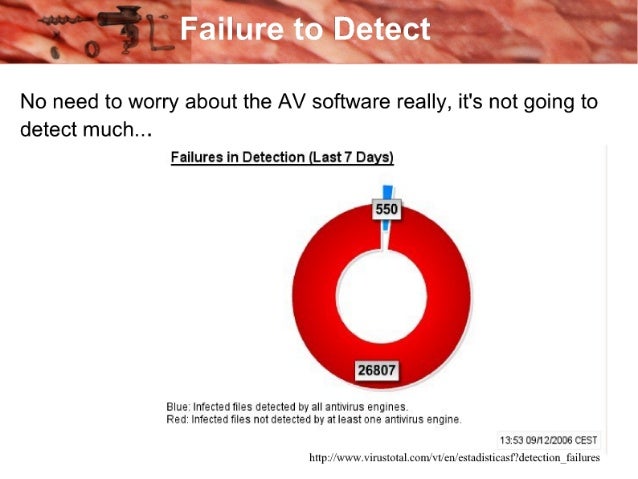

GFI MailEssentials installed on the same machine as Microsoft Exchange 2013 \Program Files\Microsoft\Exchange Server\V14\TransportRoles\Replay GFI MailEssentials installed on the same machine as Microsoft Exchange 2010 \Program Files\Microsoft\Exchange Server\TransportRoles\Replay GFI MailEssentials installed on the same machine as Microsoft Exchange 2007 GFI MailEssentials installed on the same machine as Microsoft Exchange 20 GFI MailEssentials is installed in Gateway Mode
Move the renamed files to the following location, according to your system configuration, for reprocessing:. Please make sure that you are in the correct failed mails folder. When a module from spam filtering fails:. \GFI\MailEssentials\EmailSecurity\FailedMails If a failure occurs when an email is processed by the anti-spam modules, which are executed after successful checks by the anti-virus/trojan/content modules, the email is sent to the recipient as it has already been successfully verified for malicious content.Ī copy of the failed emails is moved to the following directories: GFI MailEssentials scans emails for spam, viruses, trojans, and other malware. If a failure occurs when an email is processed by the anti-virus/trojan/ content modules, the email is not delivered to the recipient as it may contain insecure content. Moreover, it details how to reprocess the emails that are wrongly moved to the FailedMails folder. This article provides general information on the GFI MailEssentials security and spam process. Ensure that these folders are excluded from any Anti-virus or Backup software scanning.Īll emails should not be processed in the dashboard without any issues.If you find out that legitimate emails are being moved to the FailedMails folder, please contact GFI Customer Support. Delete all files located in those folders. Browse to the %TEMP% location and to C:\Windows\Temp\. When logging emails for reporting and archiving purposes, it will result in the problems mentioned above.). This will cause GFI MailEssentials to fail to access its databases (e.g. Launch the GFI MailEssentials Switchboard from Start > Programs > GFI MailEssentials > Switchboard and select Other tab. 
When the number of files reaches 65,000, the Jet engine cannot create any new temp files and stops functioning. This is normally attributed to anti-virus software scanning of the temp folders.

On some occasions, the JET*.tmp will not be deleted. Upon further inspection, you notice a large number of files in the temp folders ' %TEMP%' location and the C:\Windows\Temp\.Īnother possible symptom is when the Pop2Exchange service starts, the following error is displayed in the dashboard and the service stops without retrieving any emails:Īs part of its operations, the Jet engine creates multiple JET*.tmp in the temp folders. The GFI MailEssentials dashboard starts showing ' Items Processed Unsuccessful' and no emails are blocked as spam.







 0 kommentar(er)
0 kommentar(er)
